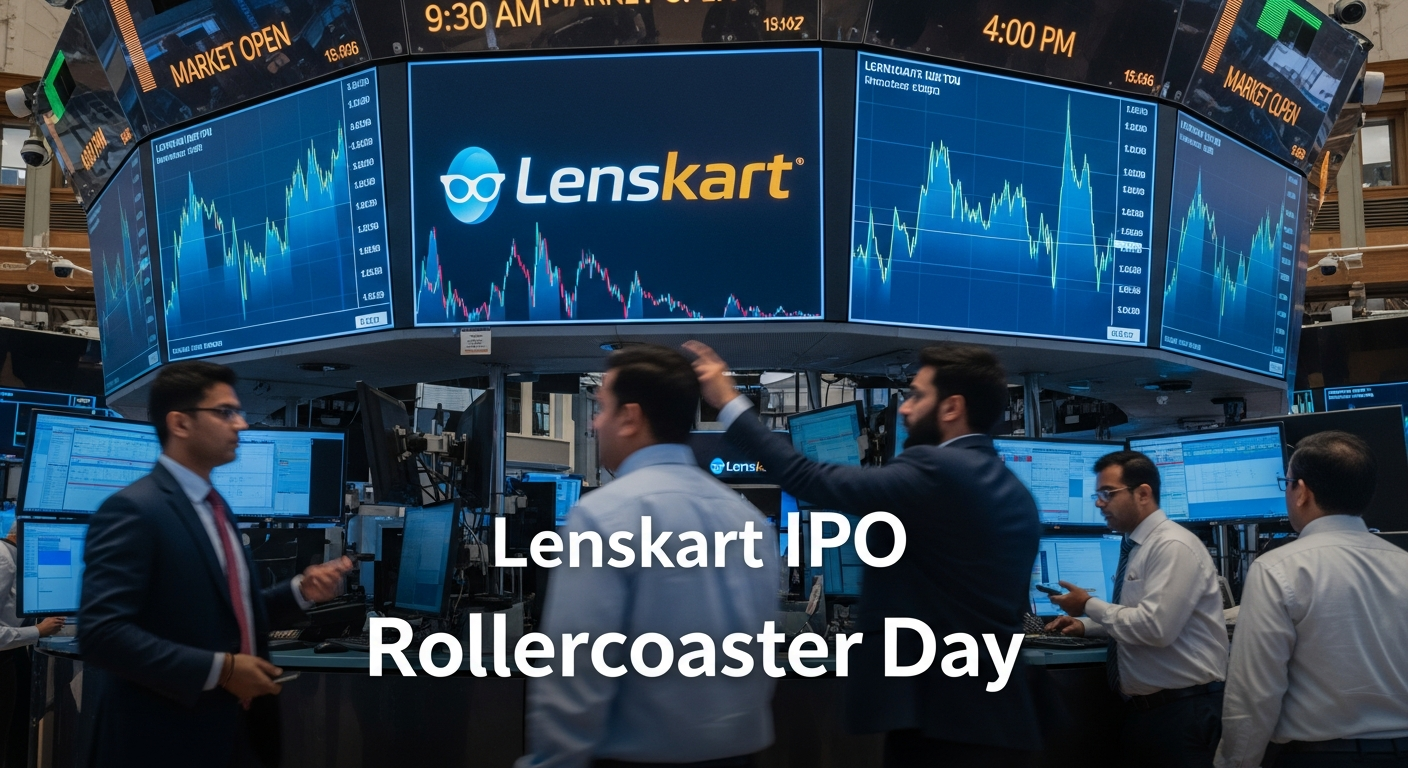So, the carbon credit market — it’s changing, isn’t it? Seems like just yesterday everyone was talking about the gold rush, and now? Well, now we’re seeing some serious consolidation. Carbon Direct is buying Pachama, and honestly, it feels like a turning point.
It’s not exactly a surprise, though. The voluntary carbon markets have been, you know, a bit of a wild west. Lots of players, lots of different standards, and a whole lot of questions about the actual impact of it all. This move by Carbon Direct, though… it’s different. It’s like a signal that the big players are starting to really dig in, ready to shape the future.
And what does that future look like? That’s the million-dollar question, isn’t it? The TechCrunch article, published November 10, 2025, points to a period of uncertainty. You can feel it, too. There’s a lot of scrutiny on carbon credits right now, with folks wondering if they’re actually doing what they claim to do. Are we really offsetting emissions? Or are we just, well, shuffling numbers around?
The Players and the Stakes
Carbon Direct, for those who don’t know, is a climate solutions company. Pachama? They’re all about using tech to verify and manage carbon offset projects. So, in a way, it makes sense. A company that provides the credits, merging with one that helps to validate them. It seems logical, you could say.
But it’s bigger than that, I think. This whole thing is about trust. The voluntary carbon markets need it. They need it badly. If companies can’t trust the credits, they won’t buy them. If investors aren’t confident, they’ll pull back. And that would be a problem, wouldn’t it? Because these markets, in theory, are supposed to be a key part of the fight against climate change.
What Does This Mean for the Future?
So, what happens next? Well, we’ll probably see more of this. More mergers, more acquisitions. The market is maturing, and that means some players will inevitably get squeezed out. The stronger, more established companies, like Carbon Direct, will likely swallow up the smaller ones, or at least partner up.
This consolidation could be a good thing, you know? It could lead to more standardization, more transparency. Maybe it’ll help to weed out some of the, let’s say, less credible projects. It could also mean that the cost of carbon credits goes up, as the market becomes more concentrated. That’s something to watch.
And then there’s the whole issue of demand. Will companies continue to buy carbon credits? Will they be willing to pay more? It all depends on the regulations, the public perception, and, of course, the actual effectiveness of these projects. It’s a complex web, for sure.
A Changing Landscape
The TechCrunch piece mentions this shift, and I think it’s spot on. The article really captures that feeling of a market in flux. It’s a bit like watching a storm gather. You can see the clouds rolling in, the wind picking up. You know something big is about to happen, but you can’t quite predict where the lightning will strike.
So, yeah, the carbon credit market. It’s a story that’s still being written. And right now, it feels like a chapter is closing, and a new one is just beginning. For now, we wait and see what the future holds.









